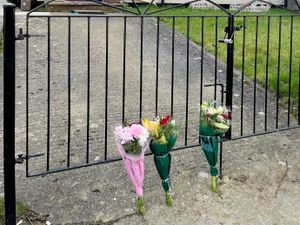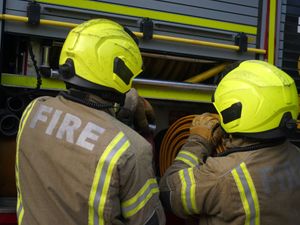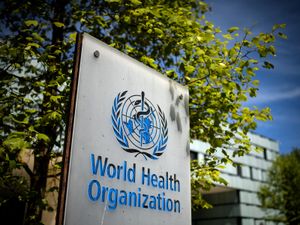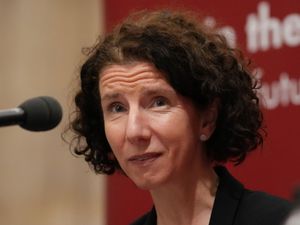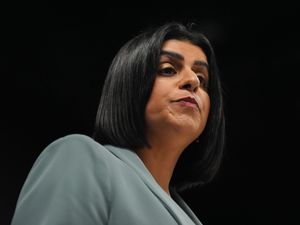Cervical screening dipped during pandemic, figures show
There was a decrease in the number of women having tests in 2020/21.
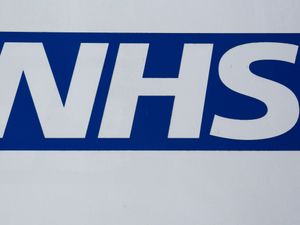
There was a dip in the number of women coming forward for cervical screening after the pandemic hit, new figures show.
Just seven in 10 eligible women in England are “adequately screened”, according to a new report from NHS Digital.
This is a drop in coverage of 2 percentage points compared with the previous year.
Many people have raised concerns that cases of all types of cancer have gone undetected due to the effects of the pandemic.
The National Audit Office warned that up to 60,000 people across England who would have been expected to start cancer treatment in March 2020 and September 2021 failed to do so.
The new annual report on cervical screening has shown the effect on cervical cancer.
Women between the ages of 25 and 64 are invited for regular cervical screening under the NHS Cervical Screening Programme.
This is intended to detect abnormalities within the cervix that could, if undetected and untreated, develop into cervical cancer.
Some of the findings of the new report, which covers the period 2021/22 for England, include:
– In 2020/21, 4.59 million people were invited for screening – a 1% decrease on 2019/20, when the figure was 4.63 million.
– The number of tests carried out also fell – 3.03 million individuals aged 25 to 64 were tested, a decrease of 5.3% compared with the previous year, when 3.2 million were tested.
– As of March 31 this year, cervical screening coverage was lower in the 25 to 49 age group – it decreased to 68%, from 70.2% in 2020.
– In the 50 to 64 age group, coverage decreased from 76.1% in 2020 to 74.7% in 2021.
– Coverage ranged from 45.8% in Kensington and Chelsea in London to 78.4% in Derbyshire.
The report also shows the number of individuals referred for colposcopy, a procedure to look at the cervix. In 2020-21, there were 176,561 referrals to colposcopy, compared with 191,563 in 2019-20.
Commenting on the figures, Samantha Dixon, chief executive of Jo’s Cervical Cancer Trust, said: “A 2% drop in cervical screening coverage is not unexpected given the last year, however it is a worry.
“Our health service is under unprecedented strain at the moment and facing a long winter.
“We cannot afford to let coverage slip further, it will only lead to even more cancers that could have prevented.
“In some areas coverage is lower than one in two and that should be ringing alarm bells.”
It came as separate figures also showed that HPV vaccine coverage has improved but is “still not up to pre-pandemic levels”.
Disruption to schooling due to the pandemic led to issues with the HPV vaccine programme, which is delivered through schools.
The figures from the UK Health Security Agency show that, in the 2020 to 2021 academic year, HPV vaccine coverage was 76.7% for the first dose in Year 8 girls in England compared with 59.2% in 2019/20 and 88% in 2018/19.
Among boys in Year 8, 71% had received their first dose.
Ms Dixon added: “Today’s data shows the impact of yet another interrupted year to the HPV vaccination programme, with great disparity across the country.
“Coverage is still far lower than it was before the pandemic, meaning many schoolchildren could fall through the gap and miss out on protection from HPV-related cancers.”
Dr Vanessa Saliba, consultant epidemiologist at the UK Health Security Agency, said: “The school-aged HPV immunisation programme was delivered throughout England despite the challenges posed by the Covid-19 pandemic.
“Many young people who missed out in the 2019/2020 academic year have already been caught up, but more work needs to be done to ensure all those eligible are vaccinated.
“We urge everyone who is eligible to take up this potentially life-saving vaccine when offered.”

